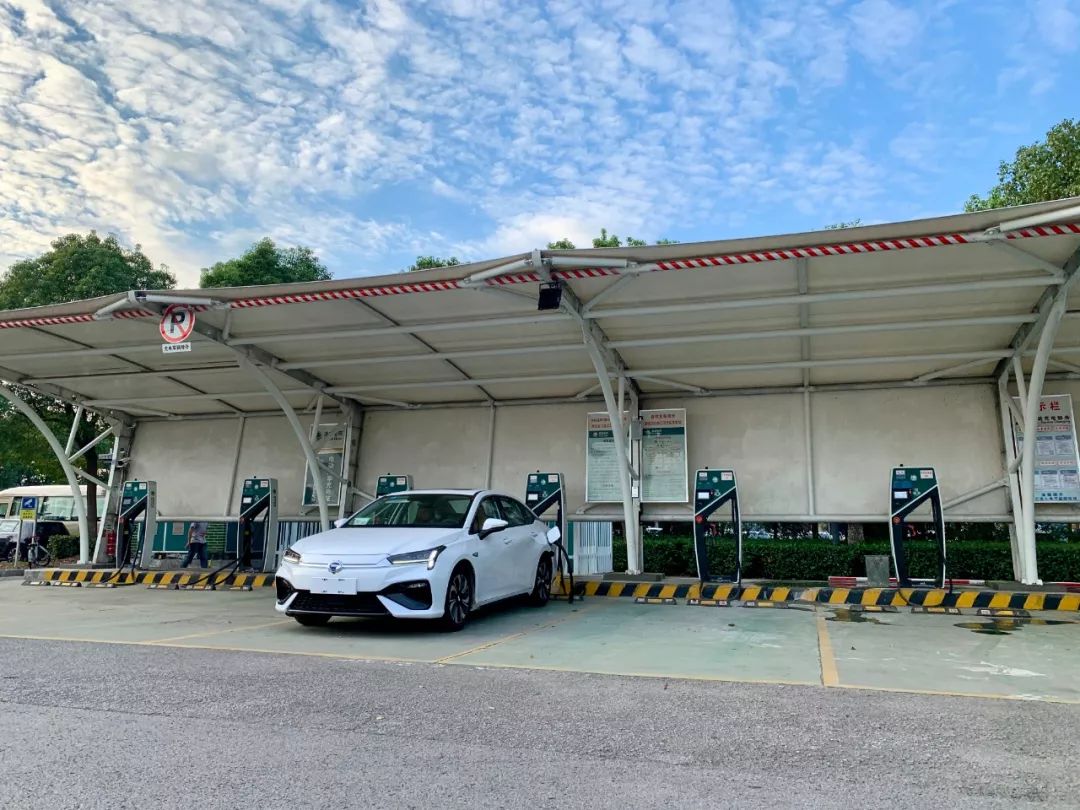With the significant increase of electric vehicle range in the past two years and some cities’ policy restrictions, many friends have ultimately chosen electric vehicles. However, due to limited living conditions, many people cannot install home chargers. Of course, even if you have a home charger, if you need to travel long distances, or encounter unexpected situations where the battery is not enough, you still need to charge outside.
Therefore, for these new electric vehicle owners, “how to find a charging station that is close to them and charges quickly” should be the most important thing to know. After all, the current navigation system is not as convenient as finding gas stations.
First, let me share a little knowledge with you.
“DC fast charging stations have both fast and slow charging speeds.”
The picture below is a question posed by a friend in our “42 Garage” mini-program, which I believe is a problem that many novice electric vehicle enthusiasts will encounter.
“Many friends may have heard that the speed of DC fast charging stations is 120 kW, but when actually used, the charging power is no more than 50 kW.” When I first charged an electric vehicle, I had the same doubts.
In fact, this is mainly because most people use the easiest-to-find direct current charging stations on the market, which have a rated power of only 60 kW (as shown in the picture below), a maximum output current of 120 A, and a maximum output voltage of 500 V.
The following are the nameplates of the high-power DC fast chargers we use for charging in our daily lives.
The rated power is 120 kW, the maximum output current is 250 A, and the maximum output voltage is 500 V.
The reason why I mentioned the maximum output current specifically will be explained later in this article.
Next, I will share two charging power graphs for the NIO 70 kWh battery pack model using these two different power charging stations as reference.The left picture shows a 60 kW rated power DC fast charger with a maximum charging power of 48 kW, which takes 83 minutes to charge from 10% to 90%;
The right picture shows a 120 kW rated power DC fast charger with a maximum charging power of 88 kW, which takes 54 minutes to charge from 10% to 90%;
The charging time from 10% to 90% of the two differs by nearly half an hour.
Below is the charging current, voltage, and power data chart we recorded when charging at the 120 kW charging station.
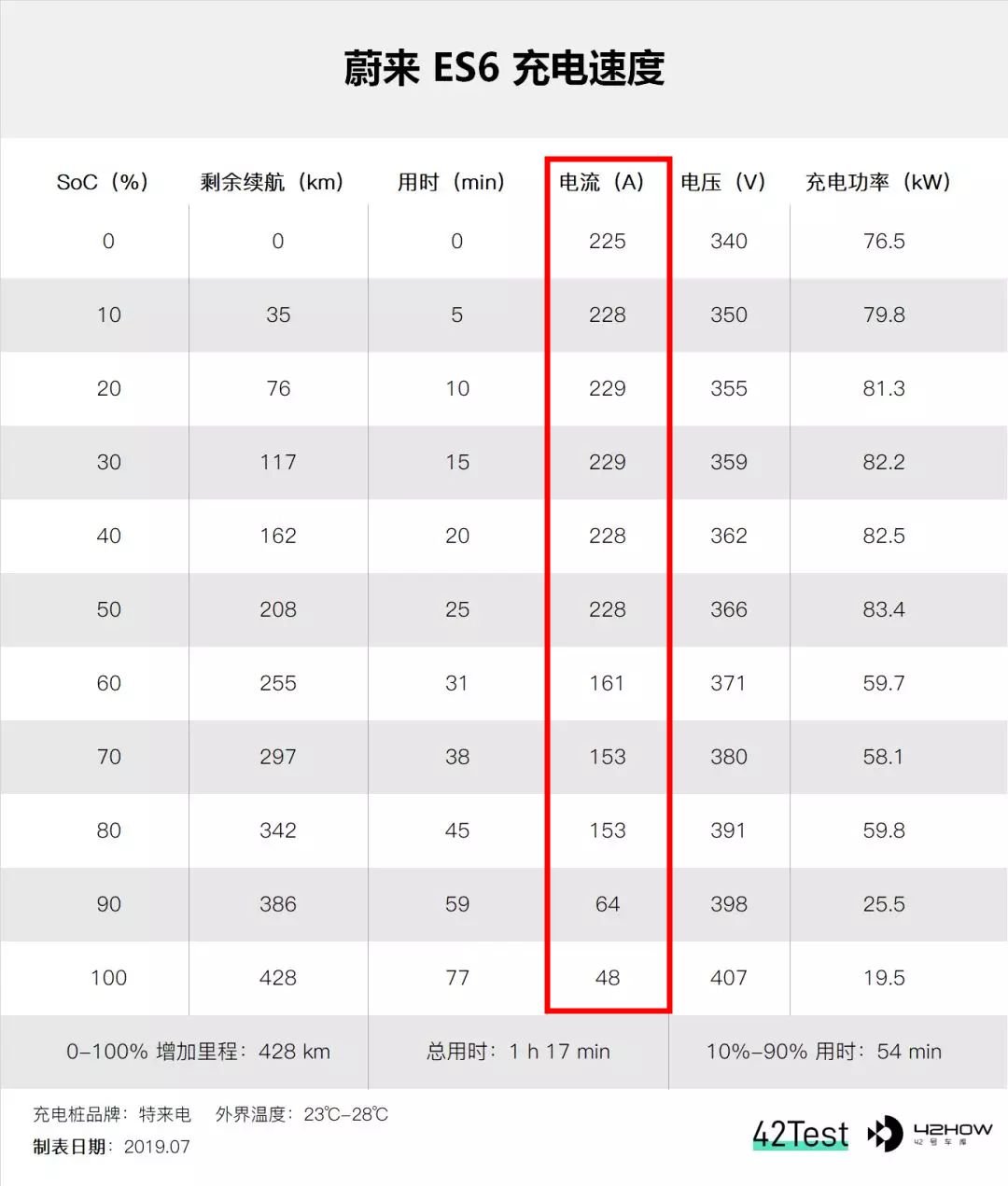
From the chart, it can be seen that the maximum charging current at that time was 229 A, far exceeding 120 A.
Currently available electric vehicles on the market, except for BYD and some models that have not yet been launched which can be charged with high voltage, the actual charging voltage usually ranges between 310-420 V. Therefore, the maximum charging current of the charger is the main factor affecting the charging speed of the vehicle.
In addition, there is a point worth noting: most of the charging stations currently on the market are in groups of two or three, sharing a rectifier cabinet. If two charging stations under the same rectifier cabinet are used at the same time, the power will be divided, and the charging speed of these two charging stations will be reduced at the same time.
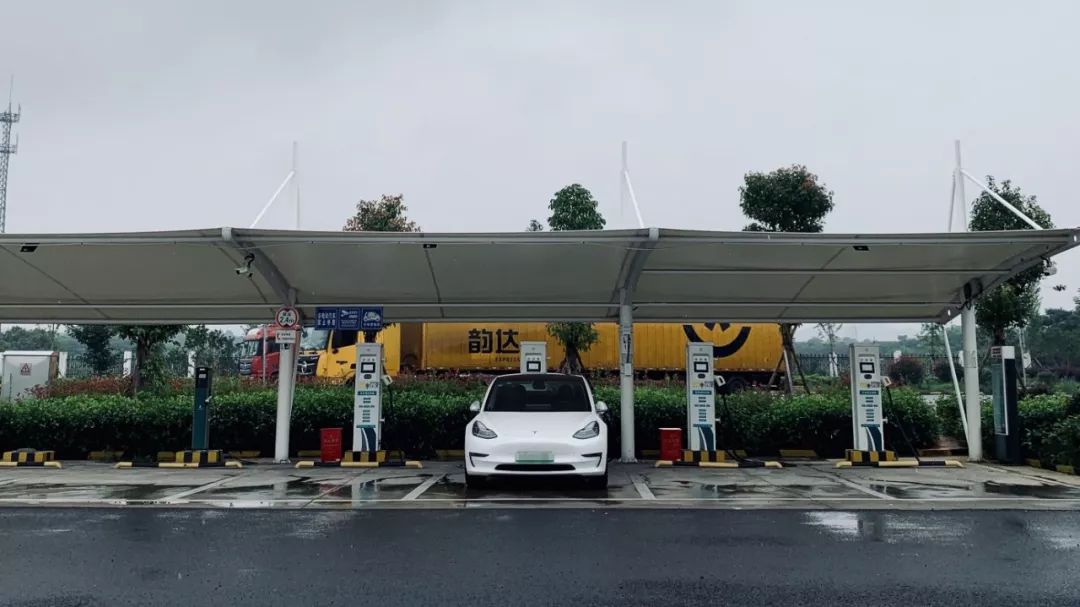
The above picture shows four DC charging stations (white pillars), from left to right are charging stations 1-4, and charging stations 1 and 2, 3 and 4 are each in one group. Assuming someone is charging at station 2, then no one should go to station 1, because they belong to the same rectifier cabinet and will share the power. It is better to choose one of the 3rd or 4th stations.
Does your car need to go to a high-power charging station?
As mentioned above, the performance (capacity) of the vehicle battery is also crucial in practical use.
Simply put, under the same technical conditions, battery capacity and maximum charging speed are positively correlated, and the larger the battery capacity, the higher the theoretical maximum charging power, and vice versa.
Take the Geely A standard long-range version with an NEDC of 410 km and a battery capacity of 51.9 kWh as an example.
 Using a high-power DC charging pile with a rated power of 120 kW, the maximum charging power of the Geometry A (battery capacity of 51.9 kWh) is only 60 kW, with a maximum charging current of 167 A.
Using a high-power DC charging pile with a rated power of 120 kW, the maximum charging power of the Geometry A (battery capacity of 51.9 kWh) is only 60 kW, with a maximum charging current of 167 A.
Assuming the Geometry A is also charged on a 60 kW DC fast charging pile, that is, the maximum current is 120 A. After calculation, it takes about 61 minutes during the 10-90% charging stage, which is only 11 minutes slower than the 120 kW pile.
Therefore, it can be seen that for the standard range version of the Geometry A with a 51.9 kWh battery pack, although high-power charging piles are still faster, the difference is not very significant.
As for specific examples, I won’t go into detail. Based on the charging speed tests we have done on various cars, if your vehicle battery capacity is less than 45 kWh, there is no need to look for high-power charging piles.
For car models with a battery capacity of 45-60 kWh, if there are suitable high-power piles nearby or on the way, there is no need to go out of your way to look for them.
For car models with a battery capacity above 60 kWh, unless necessary to travel afar, it is recommended to choose high-power charging piles as much as possible, which can save a lot of time. Especially for cars like the Aion LX 80 with a 93 kWh battery pack, it’s hard to imagine using a 60 kW charging pile, it would be a real torment…
So, how to find the right high-power charging piles?
I believe that most electric car owners have a charging folder in their phones, which usually contains the apps for several charging pile brands.
Of course, these apps are indeed necessary, and they are the ones to use for the payment and charging phases. However, if you use them to find charging piles, they are not very user-friendly.
Now, I recommend an app called JiaDian (JiaDian app is produced by NIO, this is really not an advertisement).
This app integrates mainstream charging pile brands on the market. Other apps, such as e Charging, TELD, etc., only display their own brand of piles, and cannot display the maximum charging power of the piles very well.## English Markdown Text
More importantly, in addition to many car owners, many EV Charging attendants also use the Chargery app. They provide feedback on whether the current charging pile is available or not, whether gasoline vehicles are occupying, and what is the maximum output current after each charging. Therefore, for most charging stations, the maximum output current will be displayed in the app. Therefore, under similar distances, it is best to choose high-power charging piles (charging current ≥ 160 A).
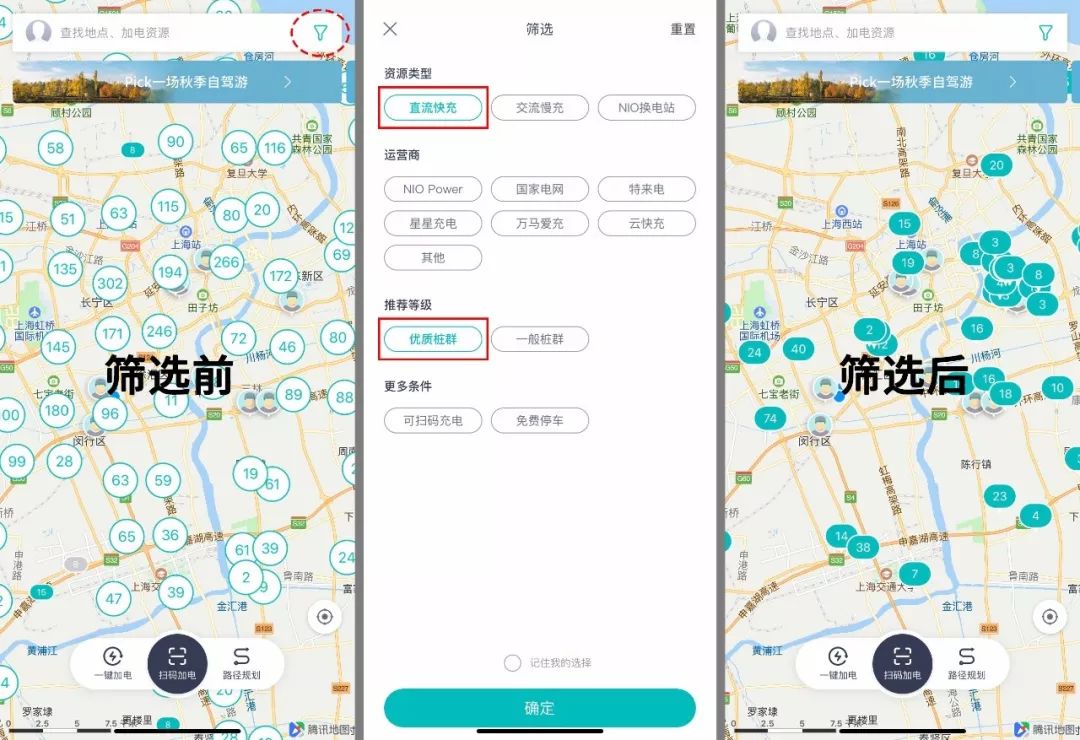
Moreover, the Chargery app also has a very good filtering function, where you can directly select high-quality charging piles, and only the official recommended high-power charging piles will be displayed on the map. You can efficiently find the nearest high-power charging piles.
However, there are currently two small issues with the Chargery app, which need to be optimized.
- The maximum electric current displayed on the charging pile detail page is only up to 200 A, but usually, the maximum electric current of such charging piles is generally 250 A.
2. A small number of charging piles actually output a maximum current of only 120 A, but the maximum output current displayed on the app far exceeds 120 A.
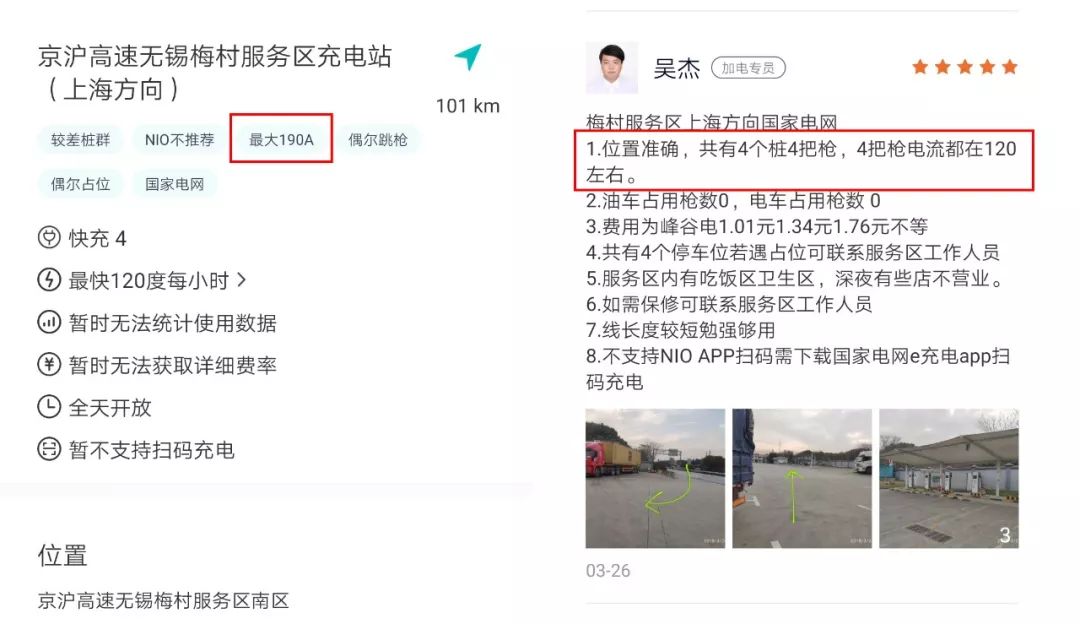
Therefore, it is also recommended that when looking for a charging pile, everyone should take a look at the comment section to effectively avoid this situation.
Although the Chargery app has already provided a great experience in finding charging piles, unfortunately, it cannot display XPeng Super Charging piles. Therefore, for friends in Beijing, Shanghai, Guangzhou, and Shenzhen, it is also recommended that you download an XPeng Automotive app at the same time.
Although the XPeng Automotive app also cannot display the maximum charging power of third-party charging piles, XPeng has already begun to establish a self-operated supercharging system (open to the public), and all of them are charging piles with a rated power of 90 kW and a maximum output current of 200 A. For most electric cars, this output current is sufficient.
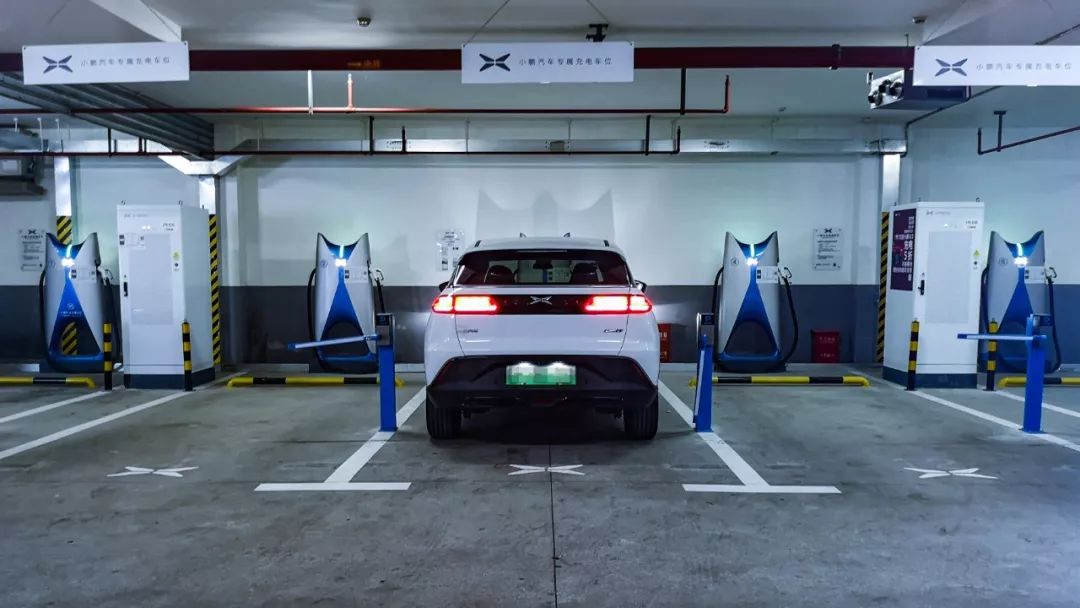
As for why only users in Beijing, Shanghai, Guangzhou, and Shenzhen are recommended at this time, it is mainly because the XPeng Super Charging is still under heavy construction, and currently, only a few cities have a relatively high coverage rate of XPeng Super Charging.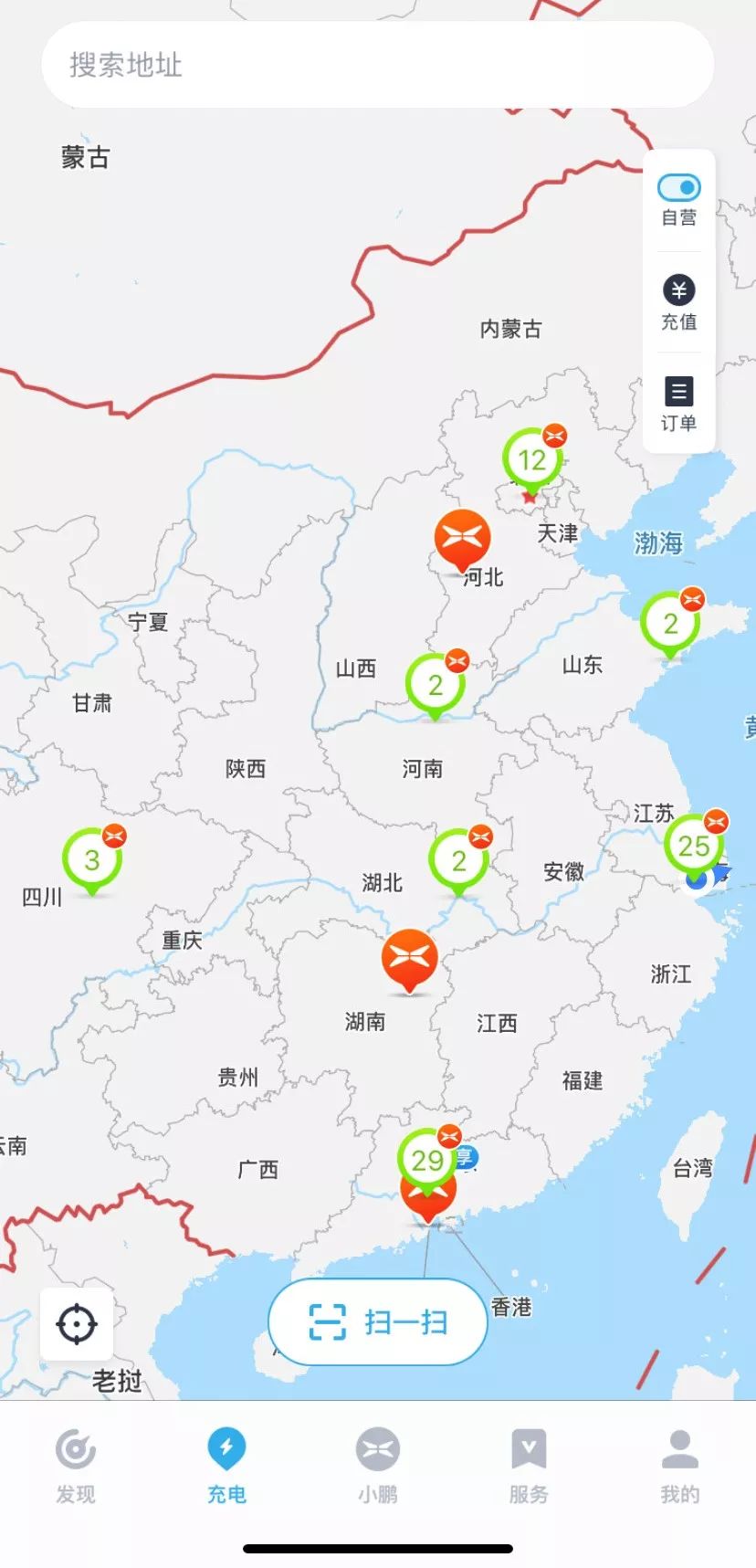
In other cities, even if there are XPeng Superchargers, they are relatively few in number. Therefore, if there are users in other cities, they can check whether there are suitable XPeng Superchargers for themselves.
These are the two best apps that I found useful in practice. I believe that after using these two apps, you will never have to worry about finding a charging station again.
Okay, this issue is about suggestions on how to choose a charging station and how to find high-power charging stations. If you have any other questions about charging or using electric cars, please leave a message in the comment section or our mini program. We will reply as soon as possible.



- What does it feel like driving an electric car for a long distance? │ 42 Xiaoshuju* The First Lesson of Advanced Driving Assistance System (ADAS) | Before and After Buying a Car

This article is a translation by ChatGPT of a Chinese report from 42HOW. If you have any questions about it, please email bd@42how.com.
